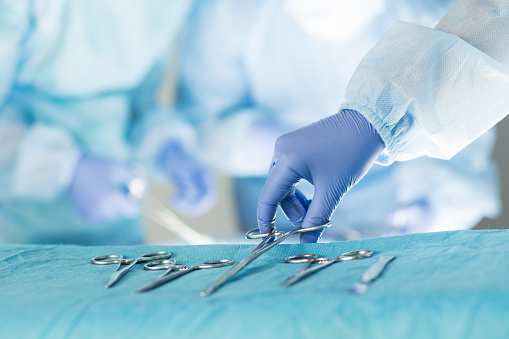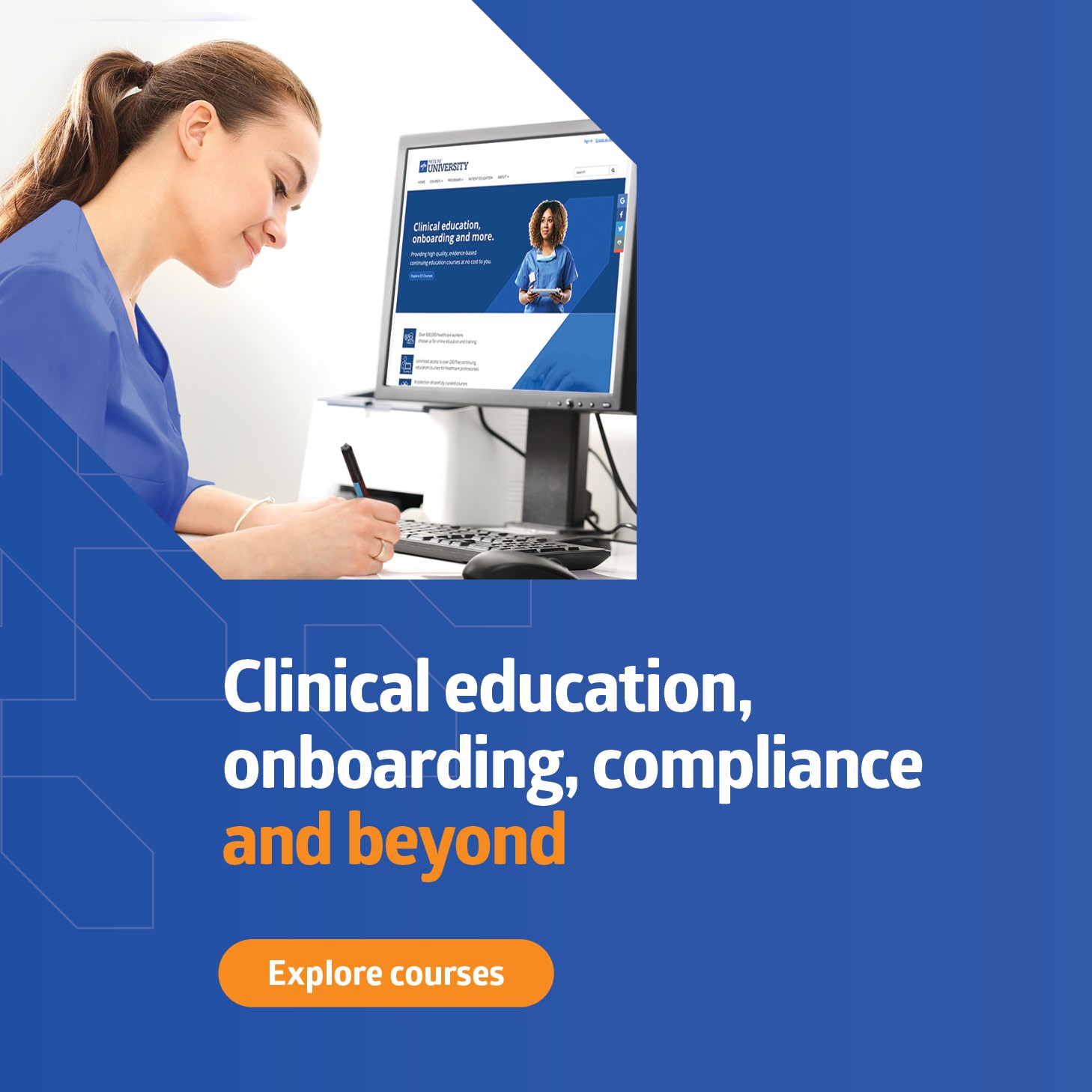Best Practices for Removing Bioburden in Busy Operating Rooms

By Hassan Bilal, CRCST, CST | October 9, 2017
Painstaking care is taken every single day by the central sterile techs of hospitals and they’re a busy group. For example, new data from Persistence Market Research projects the hip replacement surgery market to expand about four percent worldwide due to an aging population with increased cases of arthritis, hip fractures and hip bone infection. With operating rooms getting busier taking on procedures like this, I’ve seen the turnover rate for surgical instruments go up as well.
But this shouldn’t mean decontaminate more quickly. The CDC says one in 25 hospital patients have at least one healthcare-associated infection (HAI), so if anything techs should be much more diligent despite the urgency to turnaround the operating room and instruments. Remnants of old dried blood and tissue from a patient, bioburden, could be lurking among instruments leading to the potential for infection and injury risks.
And indeed this is a concern because bioburden isn’t always caught.
Assess the Operating Room
More often than not I see many opportunities for training among the various departments in a facility when in pertains to the functioning of the sterile processing department. Few truly understand the meticulous work that occurs in the sterile processing department and how it is a key player in eliminating hospital associated infections. Determine the capacity at which your operating room functions. Do you have enough central sterile techs for workflow efficiency? Do you have enough instruments to supply the surgeons and their team? Are you focused on reducing or eliminating IUSS (Immediate Use Steam Sterilization)?
More Education Needed
The truth is you can have a million dollar facility, but you can still have a tech who doesn’t have the proper training. Just one employee who isn’t following the proper protocols could be costly for a hospital’s infection prevention plan. I always recommend training. Ideally it would be weekly, but more reasonably techs can go through seminars, online classes and certifications monthly.
Where to Begin?
The Joint Commission has recently thrown their focus on “point of use” cleaning of surgical instruments, which now starts in the operating room. Unlike just a few years ago, teams cannot wait for the instruments to reach the sterile processing department where a majority of the decontamination takes places.
Thus, enzymatic pre-soaks, cleaners and detergents must be used in order to achieve clean instrumentation. Regardless of the effort in sterile processing, you simply cannot achieve sterilization with even the smallest amount of bioburden lingering. That’s because bioburden has the ability to dry before making its way to sterilization. The Center for Medicare & Medicaid Services even issued an alert, following reports of multidrug-resistant bacterial infections.
Lumens are one instrument where the blood or bioburden is stuck inside and that could be transferred to the next patient. I recommend washing by hand first, then using enzymatic soaks, followed by the ultrasonic cleaner.
These recommendations and tips to remove bioburden are part of a well thought out system that we can help you implement properly and with continuous training.
Hassan Bilal, CRCST, CST
Operating Room Educational Consultant
Hassan Bilal supports and advises a sales force of over 1,000 Medline sales representatives on central sterile products, standards and technology which cover the United States and Canada. He is a voting member on the ST79 Sterilization Standards Committee for the Association for the Advancement of Medical Instrumentation (AAMI). He has instructed classes for Certified Surgical Technologist. He has also taught certification classes for students of the Central Sterile Association of Canada throughout Ontario. He speaks nationally at local, regional and state IAHCSMM chapters. He has also spoken at numerous Central Sterile departments, AHRMM conferences and AORN chapters.
